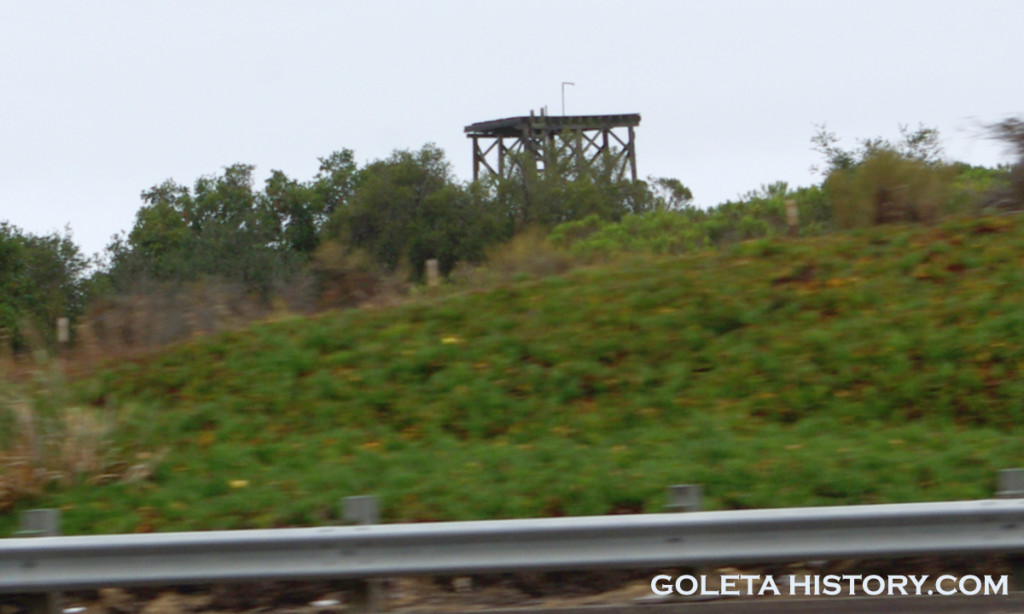 If you’re driving on the 101, just south of El Capitan, look towards the ocean and you may see this old wooden structure. Believe it or not, it is the remains of a water tower from a prisoner of war camp!
If you’re driving on the 101, just south of El Capitan, look towards the ocean and you may see this old wooden structure. Believe it or not, it is the remains of a water tower from a prisoner of war camp! 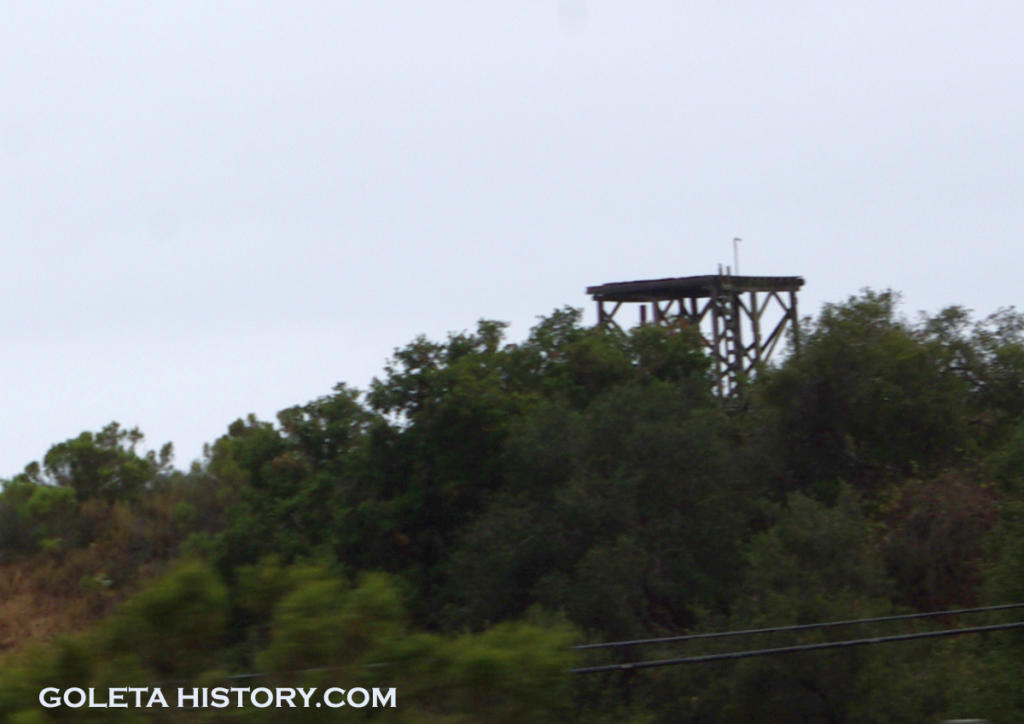 Most folks have no idea, but Goleta had Nazi soldiers living and working right here in our backyard.
Most folks have no idea, but Goleta had Nazi soldiers living and working right here in our backyard.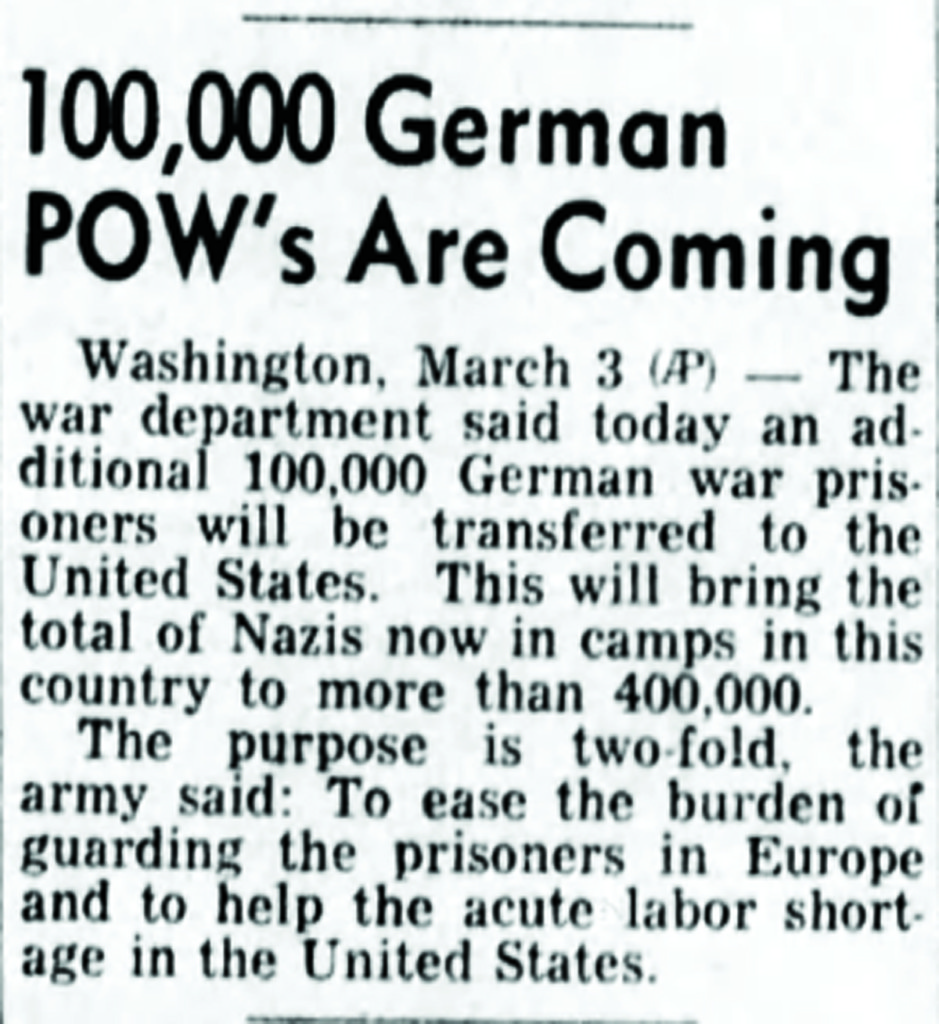 During World War II, there were 600 POW camps in the United States for captured German and Italian soldiers.
During World War II, there were 600 POW camps in the United States for captured German and Italian soldiers. 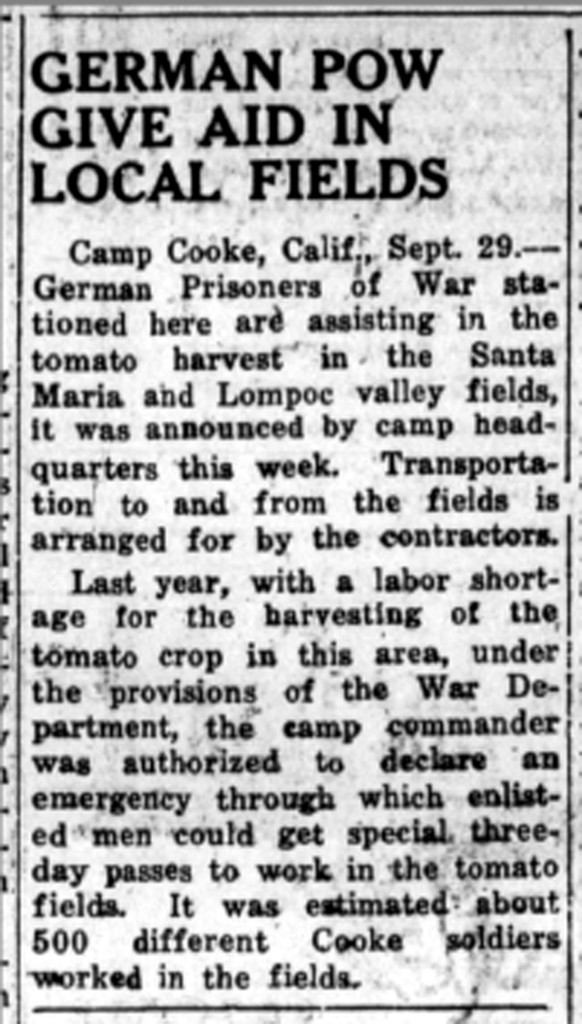 The War Department decided to detain them in the U.S. to relieve the fighting forces in Europe and provide labor for American farmers.
The War Department decided to detain them in the U.S. to relieve the fighting forces in Europe and provide labor for American farmers. In 1944, the existing Camp Cooke near Lompoc, now Vandenberg, was designated as a camp for German Prisoners of War. Construction of a separate fenced area was built in a corner of the camp. A few months later, POW’s started arriving. Under Camp Cooke, 16 smaller branch camps were established that put prisoners closer to where they were needed to work.
In 1944, the existing Camp Cooke near Lompoc, now Vandenberg, was designated as a camp for German Prisoners of War. Construction of a separate fenced area was built in a corner of the camp. A few months later, POW’s started arriving. Under Camp Cooke, 16 smaller branch camps were established that put prisoners closer to where they were needed to work. 
Camp Cooke also housed Italian POWs, that were reportedly brought into town for meals at Mom’s Italian Village!
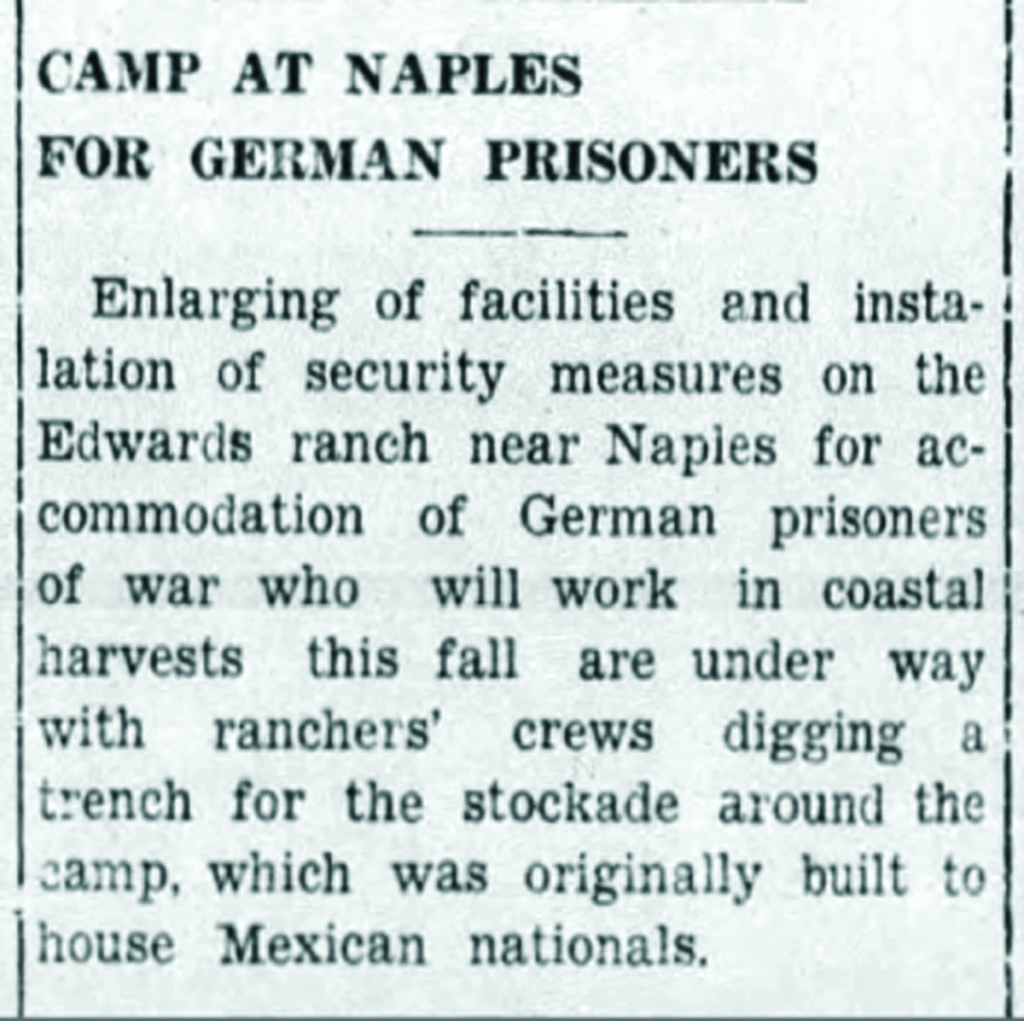 The Goleta location was built on Edwards Ranch near Naples. An existing worker camp was modified to be secure enough to hold prisoners.
The Goleta location was built on Edwards Ranch near Naples. An existing worker camp was modified to be secure enough to hold prisoners.

The Edwards camp operated for 14 months, from October 1944 until December 1945 and housed about 250 prisoners. This shot is from 1944, before it had been modified for the POW camp.
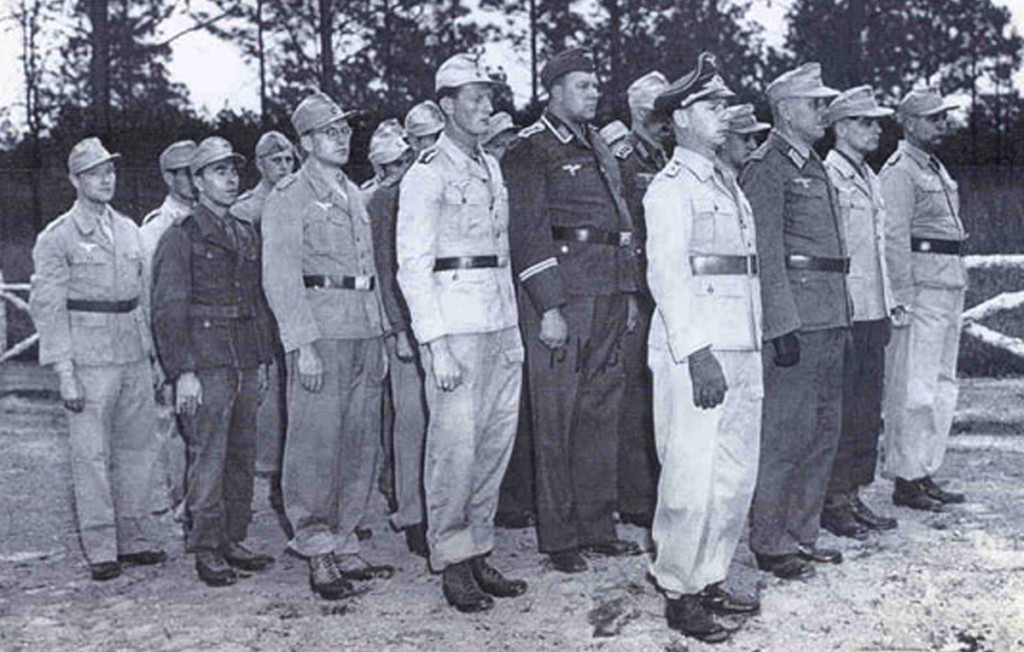 Most of the POWs were professional men from General Rommel’s elite Africa Corps. Some were hardcore believers in Hitler’s “Master Race” theories and they had no doubt Germany would win the war.
Most of the POWs were professional men from General Rommel’s elite Africa Corps. Some were hardcore believers in Hitler’s “Master Race” theories and they had no doubt Germany would win the war.
The Nazi troops had endured very difficult conditions in the deserts of Northern Africa and most were starving, filthy and desperate. Many were captured by French or Algerian soldiers, and they were abused, starved or used as slave labor by their captors. They were relieved to be turned over to American troops that followed the rules of the Geneva Convention, which ensured they would at least be kept warm, clean and fed.

As you can tell by the smiles, most of these war weary young men felt like they hit the jackpot when they were put under American command. They probably knew they would soon be showered, deloused, clothed, and fed all they could eat.
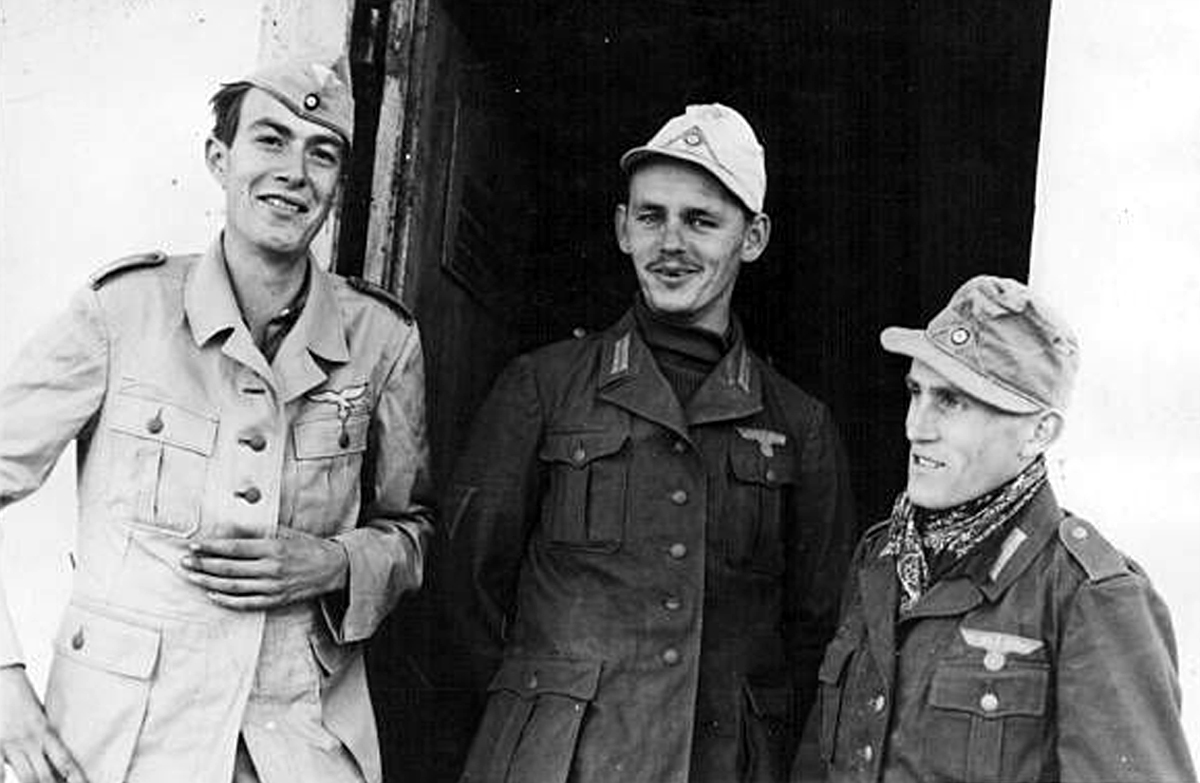
Most of them had been starving for years due to the limited supplies available to the German soldiers.
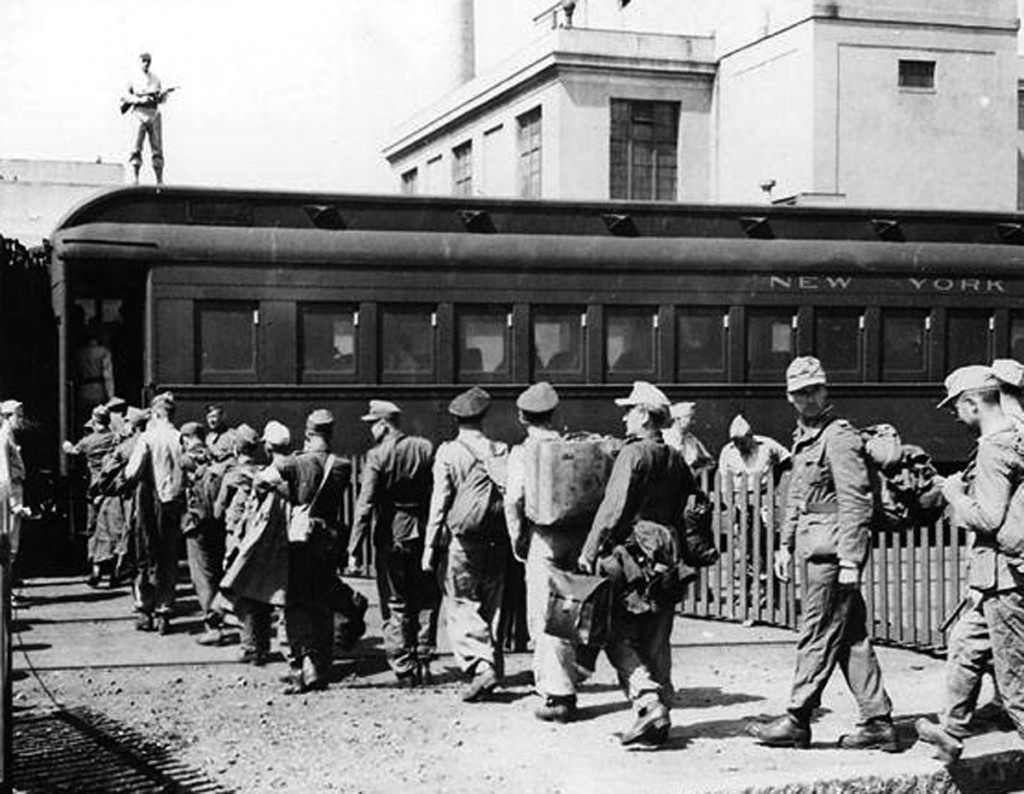
In Germany, the troops traveled on freight trains like livestock. In the U.S. they were loaded onto comfortable passenger trains and they watched through glass windows as the wide open spaces of America passed before their amazed eyes. They were stunned by the size and wealth of the United States.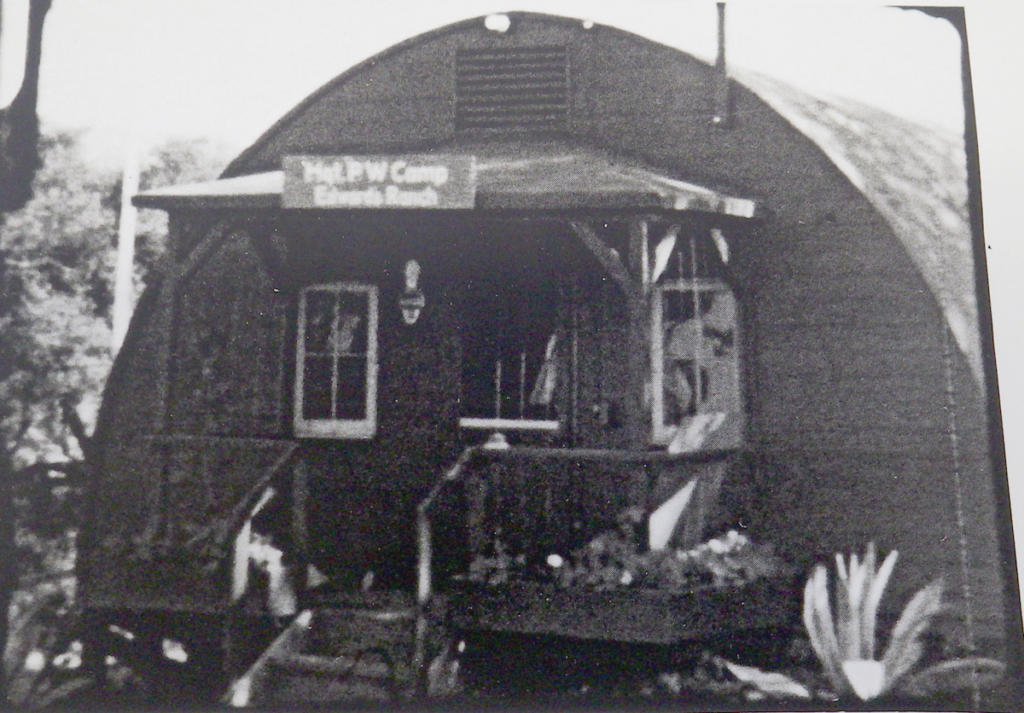 After spending time in temporary camps in Arizona and Idaho, they were taken to the brand new facility at Camp Cooke, and then trucked to the branch camp at Edwards Ranch near Goleta. The majority of the prisoners were happy in their new camp, and were happy to work on the nearby ranches.
After spending time in temporary camps in Arizona and Idaho, they were taken to the brand new facility at Camp Cooke, and then trucked to the branch camp at Edwards Ranch near Goleta. The majority of the prisoners were happy in their new camp, and were happy to work on the nearby ranches.
 Newspaper coverage of the camps and public knowledge were intentionally limited until the end of the war, in part to comply with the Geneva Convention and in part to avoid the fear of an enemy presence in such large numbers.
Newspaper coverage of the camps and public knowledge were intentionally limited until the end of the war, in part to comply with the Geneva Convention and in part to avoid the fear of an enemy presence in such large numbers.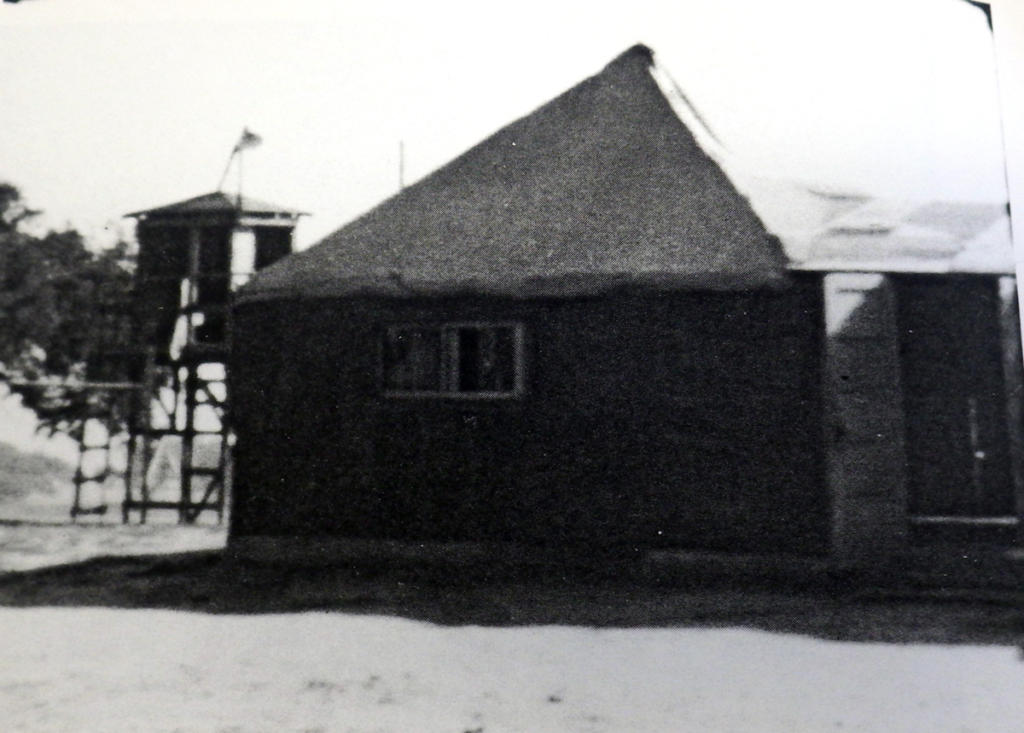 While most citizens living near camps accepted the prisoners’ presence, the government received hundreds of letters each week protesting their good treatment. Many demanded that the POWs be immediately killed, an understandable sentiment given the regular casualty lists in American newspapers.
While most citizens living near camps accepted the prisoners’ presence, the government received hundreds of letters each week protesting their good treatment. Many demanded that the POWs be immediately killed, an understandable sentiment given the regular casualty lists in American newspapers.
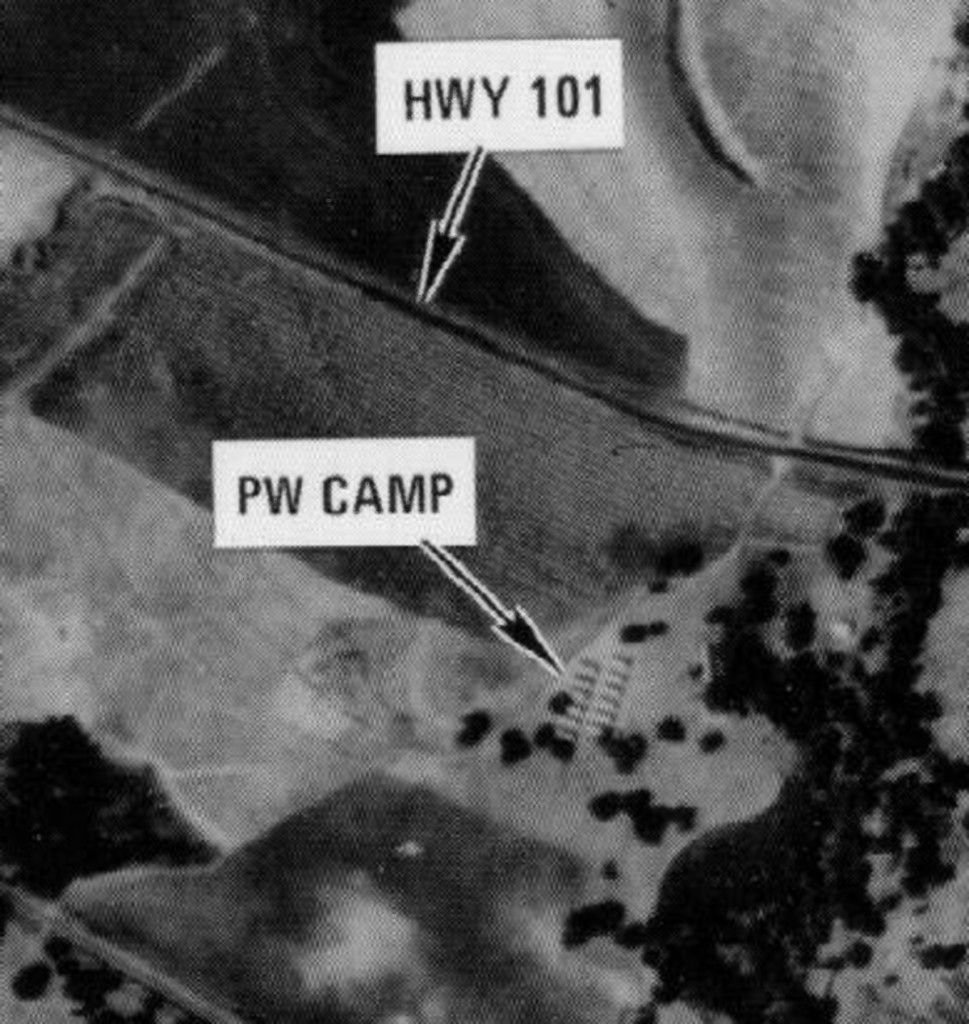 This aerial photo shows the camp when it was in use, just south of the highway. Prisoners here were fed generously, offered religious services, classes in English and other topics, and they received excellent medical care if needed.
This aerial photo shows the camp when it was in use, just south of the highway. Prisoners here were fed generously, offered religious services, classes in English and other topics, and they received excellent medical care if needed.

They also enjoyed a sports field for soccer, a phonograph, a radio, a library, a small theater, ping pong tables and they were allowed to swim in the nearby ocean on a regular basis. Occasionally, the guards would join them!
It was enclosed by an eight foot wire fence topped with barbed wire and it had guard towers with machine gun mounts. Technically, they were prisoners of war, but many developed friendships with their captors and were treated with respect. The camp grounds were landscaped by the prisoners with flower boxes, bushes a vegetable and a fruit garden. A Red Cross inspector reported, “The camp looks like a garden. We have never seen a camp decorated with as much taste and love of nature.”

The prisoners had a variety of past times available to them. They painted, did wood sculpture, had a theater group and even formed an orchestra! Many of them said later they didn’t feel like POW’s at the Edwards Camp.
 But they did have to work. Since most able bodied men were gone to fight the war, California had a shortage of workers on the ranches and elsewhere. Locally, they were put to work harvesting lemons, cotton, walnuts and other crops. They also processed walnuts at a packing house on Kellogg Avenue in Goleta. Most of the prisoners enjoyed the hard work, and sometimes the farmers would provide them with a homemade lunch.
But they did have to work. Since most able bodied men were gone to fight the war, California had a shortage of workers on the ranches and elsewhere. Locally, they were put to work harvesting lemons, cotton, walnuts and other crops. They also processed walnuts at a packing house on Kellogg Avenue in Goleta. Most of the prisoners enjoyed the hard work, and sometimes the farmers would provide them with a homemade lunch.

The prisoners were given instructional booklets made by the University of California to help explain the details of agricultural work in German.
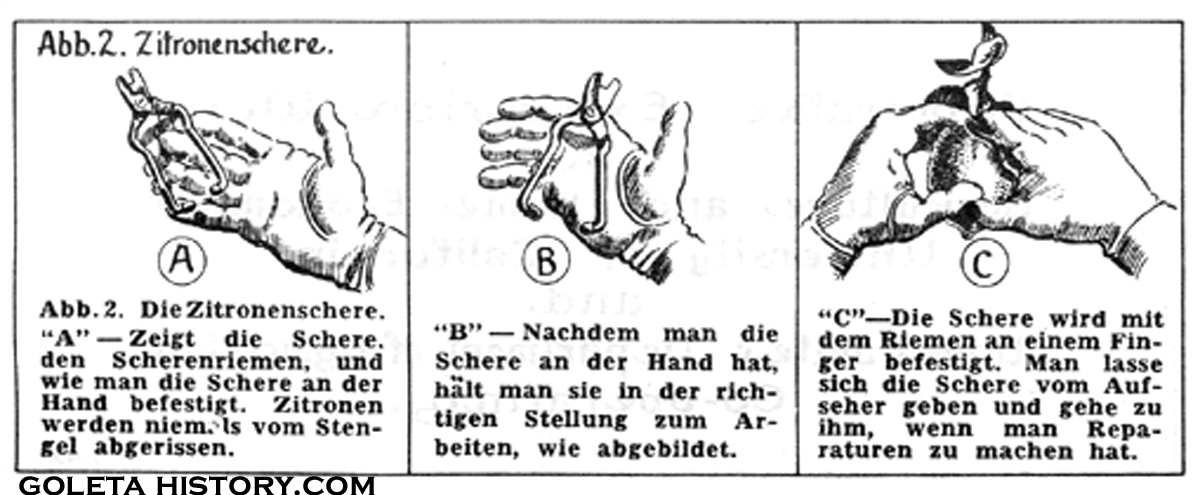
Called an “Emergency Farm Labor Leaflet”, it gave detailed instructions of how to properly do the work required.
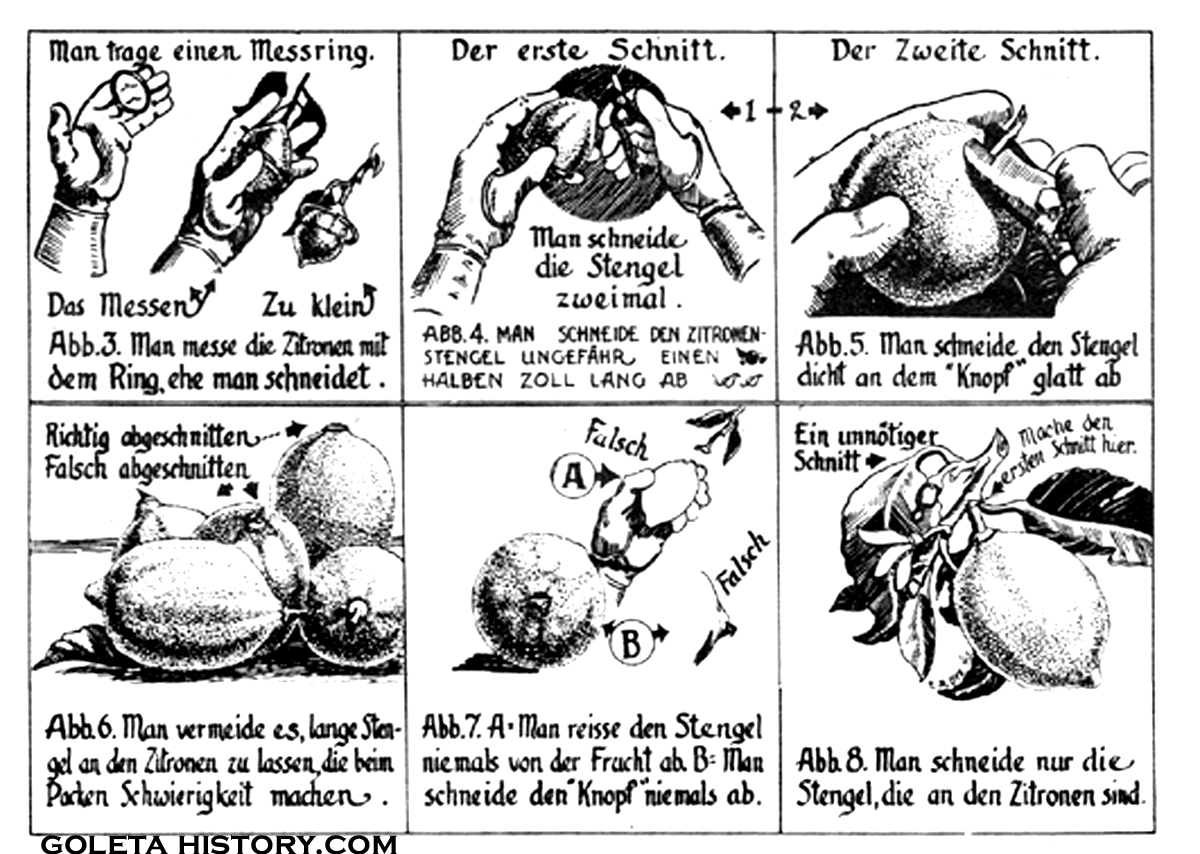
This booklet gives detailed instruction on properly picking lemons.
Gil Garcia, whose father often supervised German crews on local ranches, remembers once going with him and a German crew to pick walnuts. His father had to explain to one POW several times how to use a tool to knock the walnuts off the branch. The Nazi soldier took the tool back and uttered something in German in an angry tone. The guard told Garcia he said, ” I never thought a brown man would be telling me what to do”.

Later, at lunchtime, his father was warming his burritos on the embers of a fire, and offered one to the soldier that had made the comment. He liked it so much, he became very friendly to Mr. Garcia. Word soon got around the German crew about the delicious burritos and he would have to bring extras to pass around! That taught the younger Garcia a life lesson he would never forget.

Elizabeth Erro Hvolboll remembers her father hiring some prisoners to help in his lima bean fields at Refugio. They came with a couple of guards. A while later, her father came in the house and sat down, obviously shaken. He told them one of his regular ranch hands, whose son had been killed in the war, came home to find the Germans working in the fields. He had been drinking in town and was enraged to see Nazis so close to home. He went to his small house by the barn and came back with a rifle. Walking up to the POWs he said, “You killed my son and I’m going to kill you!”.
After some calm talk and reasoning, Hvolboll’s father took the rifle away from the man and walked him back to his house.
Some local farmers established friendships with the POW’s that came to work for them. This painting was done by a German POW and gifted to the Rutherford family’s ranch manager at Refugio, Virgil Buck. His son, Curtis Buck, remembers his dad going to pick up POWs at the camp. If he needed more than 2, an armed guard would go along. Buck remembers they loved iced tea, and he recalls seeing them warm up tortillas on a fire for lunch.
The Germans were paid for their work with coupons they could spend as they wished in the camp store, that sold a variety of items.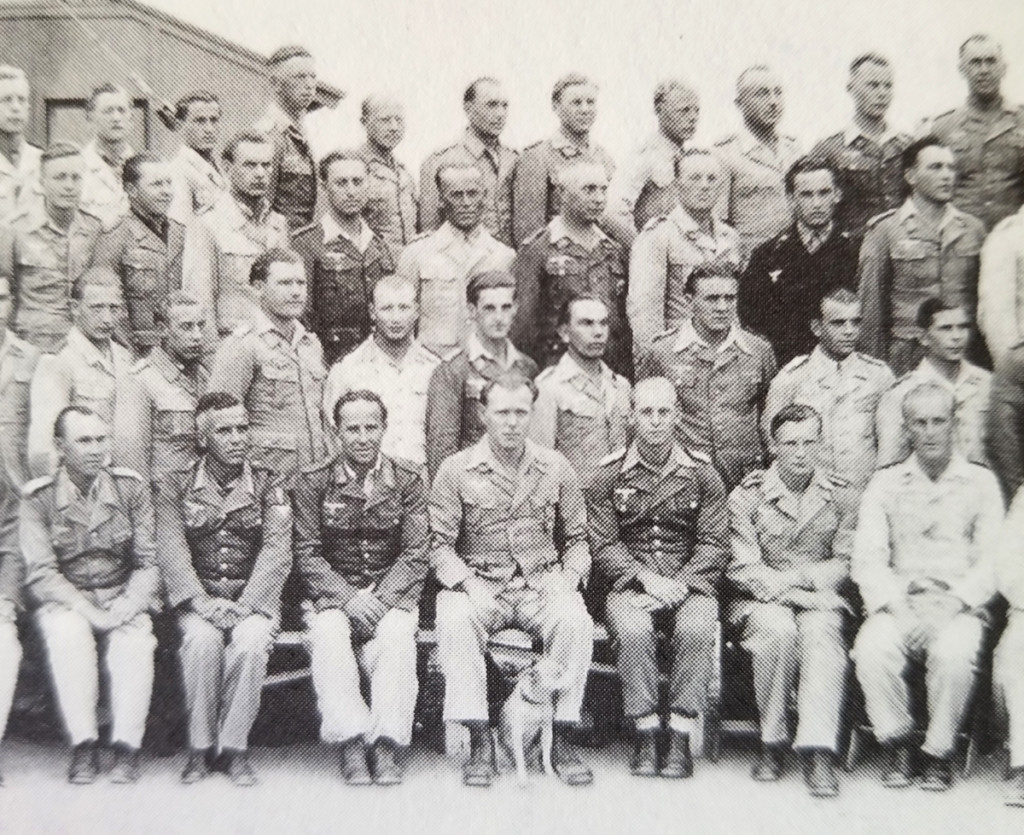 Many of the former POWs reported being treated “Very Fairly” at the camp, enjoying three square meals and the mild climate. One soldier was quoted as saying the best day of his life was when he was taken prisoner! Things could definitely been worse. Many of their comrades ended up as frozen corpses on the Russian Front.
Many of the former POWs reported being treated “Very Fairly” at the camp, enjoying three square meals and the mild climate. One soldier was quoted as saying the best day of his life was when he was taken prisoner! Things could definitely been worse. Many of their comrades ended up as frozen corpses on the Russian Front.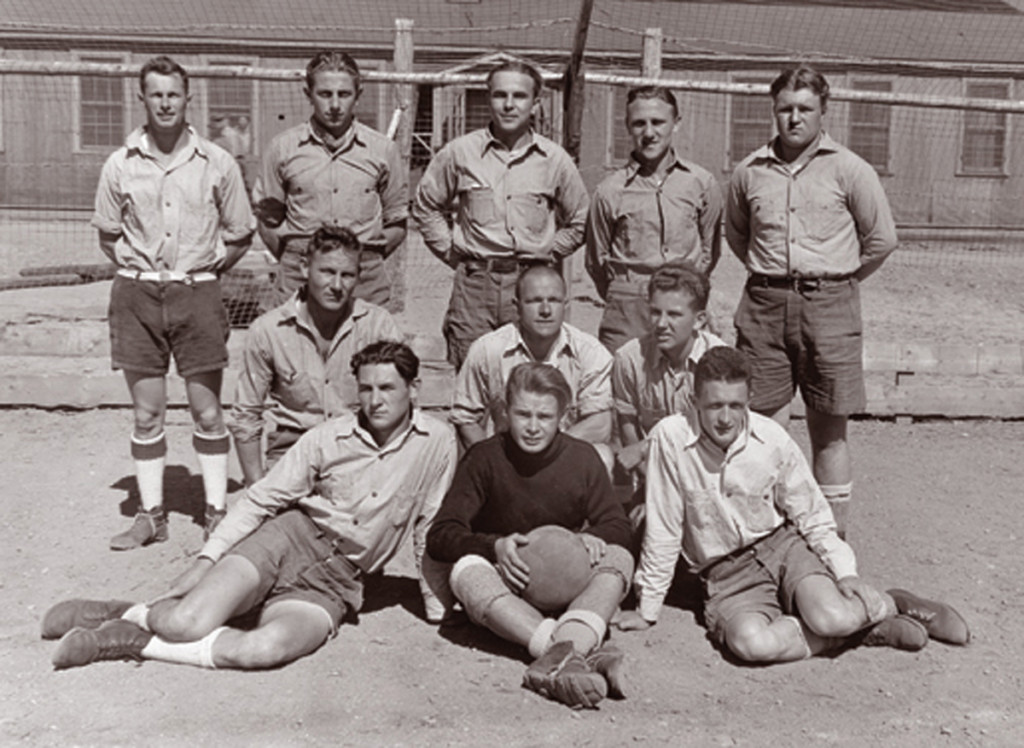 The POW camps were closed in June 1946 and the prisoners turned over to the European armies who put them to work in their countries until their troops could return from war duties. Some prisoners did not return to their countries until the early 1950s.
The POW camps were closed in June 1946 and the prisoners turned over to the European armies who put them to work in their countries until their troops could return from war duties. Some prisoners did not return to their countries until the early 1950s.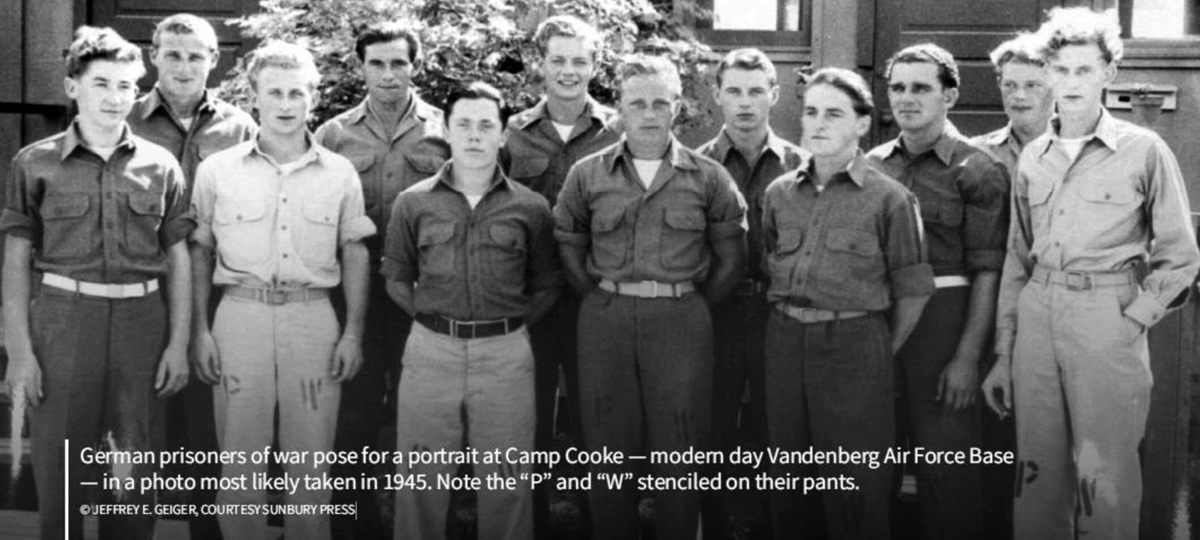
Years later, some still reminisced about the warm summer sunsets overlooking the Pacific. Many of the POWs fell in love with California and returned after the war to spend the rest of their lives here.
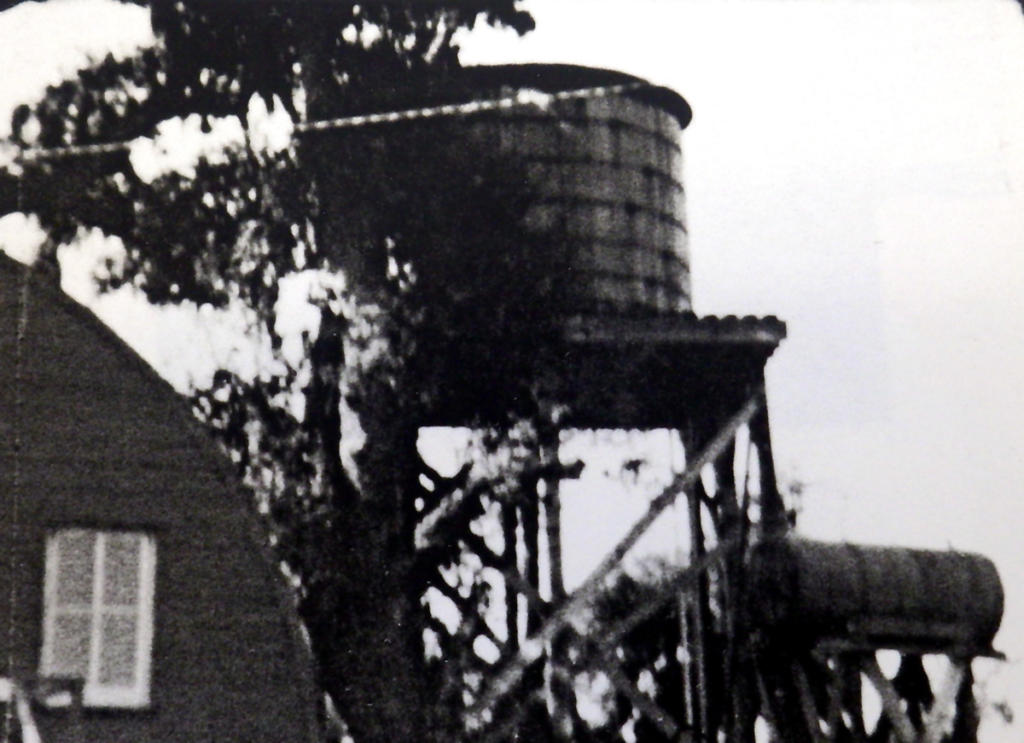 After the war, the camp was used as housing for ranch workers. Don James remembers living in one as a small boy. They lived in a small hut right below the water tower.
After the war, the camp was used as housing for ranch workers. Don James remembers living in one as a small boy. They lived in a small hut right below the water tower. 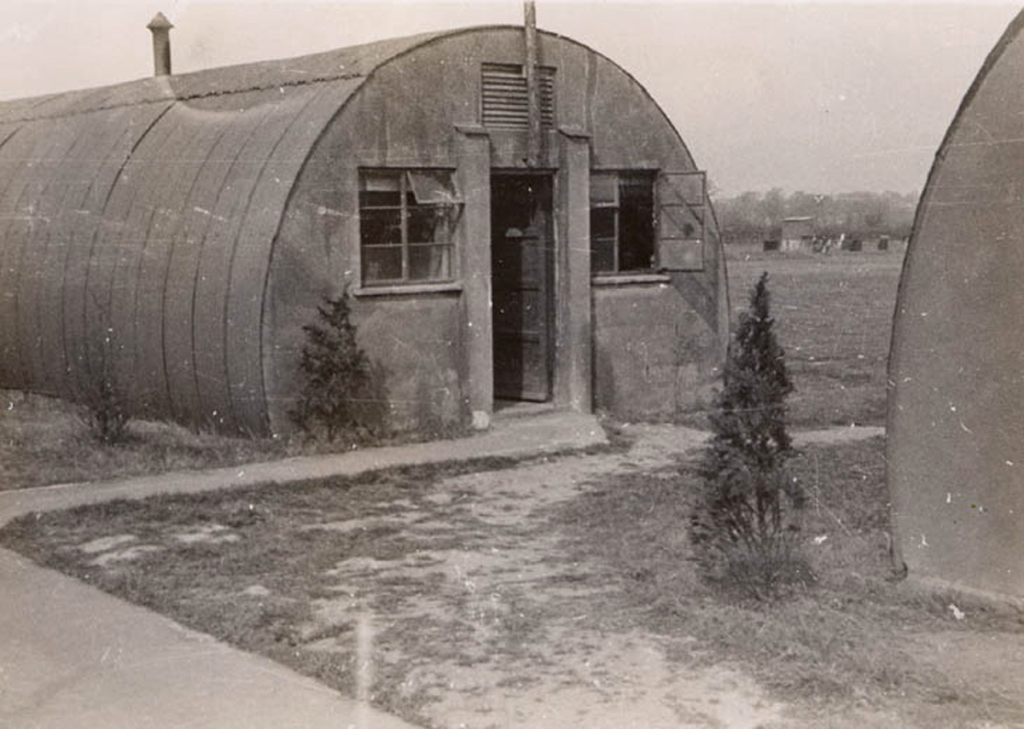 Accommodations were modest. There were three rooms in the 50 foot long hut; A living room, a kitchen and a bathroom. No bedrooms, so they slept on the couch or the floor. The camp was still surrounded by barbed wire, and he remembers playing with other kids in the guard towers. He would take the bus to Ellwood School.
Accommodations were modest. There were three rooms in the 50 foot long hut; A living room, a kitchen and a bathroom. No bedrooms, so they slept on the couch or the floor. The camp was still surrounded by barbed wire, and he remembers playing with other kids in the guard towers. He would take the bus to Ellwood School.
These are sketches by Don James of how it looked when he lived in the camp.

Don James and his family lived there until 1954. The sign states “US Army- Los Gatos Canyon”, the name of the canyon nearby.
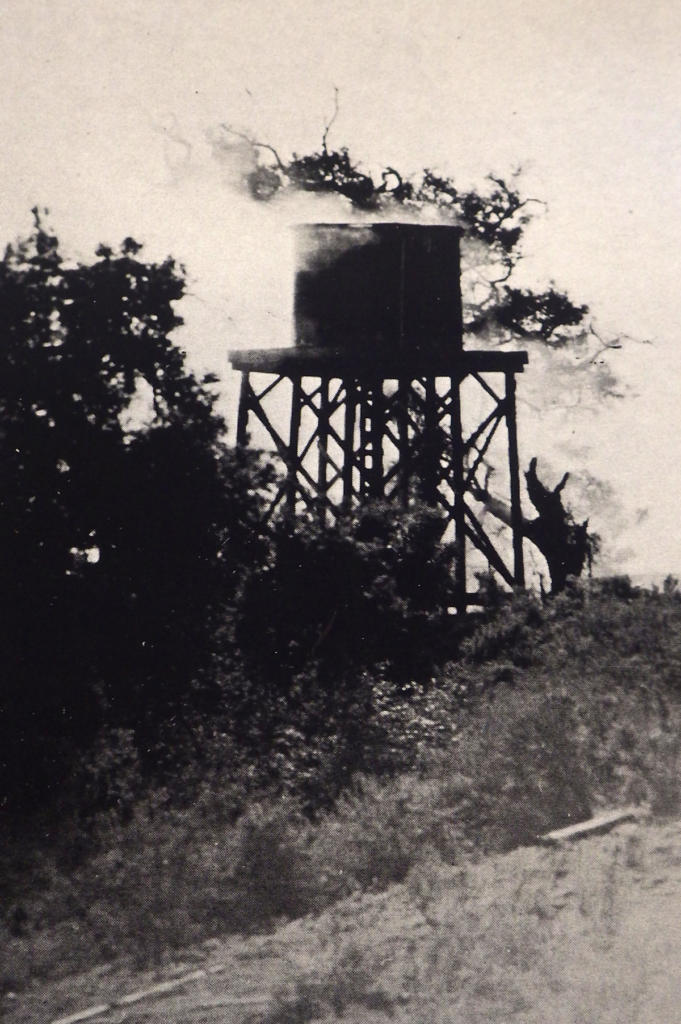 The Quonset huts were used by laborers until the huts were burned down in 1970.
The Quonset huts were used by laborers until the huts were burned down in 1970.
In the United States at the end of World War II, there were over 425,000 prisoners of war. The camps were located all over the US. Here’s a link to a page that has some interesting info about escapes and riots in some POW camps.
Some cities have commemorated the former POW camp sites with historic markers.
But the site of Goleta’s POW camp is still little known and rarely acknowledged by our local officials. Most of the camp was destroyed, leaving only the water tower.
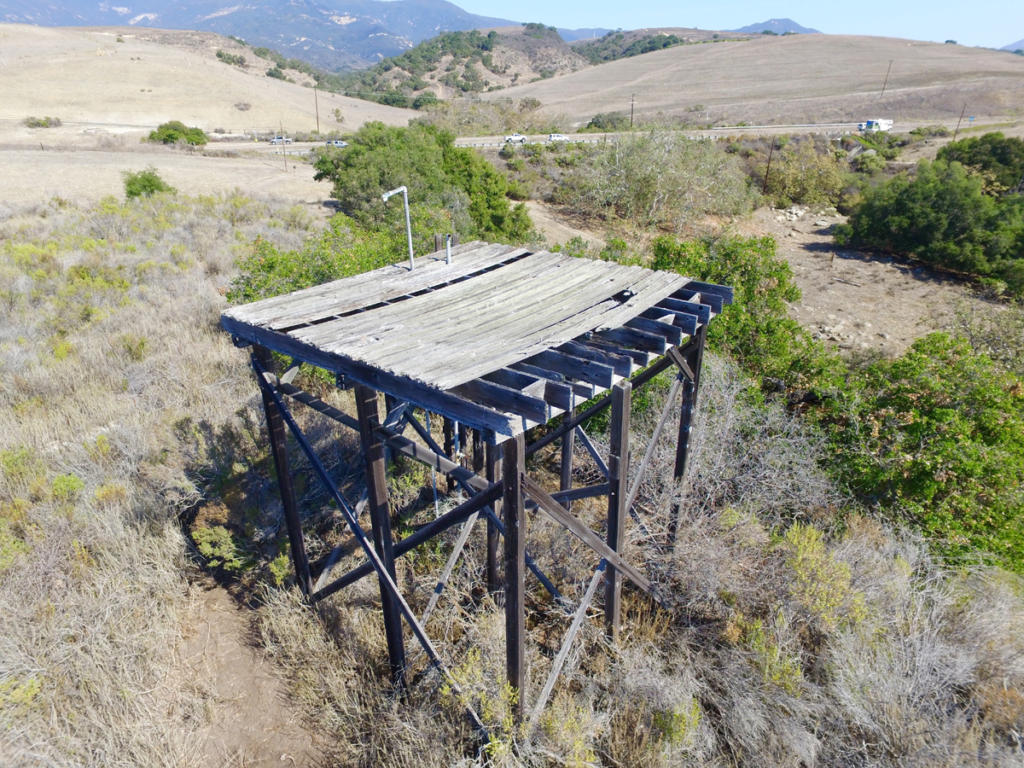 Given that it is an important part of our history, and the treatment of the prisoners was nothing to be ashamed of, maybe one day Goleta will officially acknowledge the presence of this historic site before the old water tower is gone and forgotten.
Given that it is an important part of our history, and the treatment of the prisoners was nothing to be ashamed of, maybe one day Goleta will officially acknowledge the presence of this historic site before the old water tower is gone and forgotten.

For more information about this topic, featuring fascinating first hand recollections of the prisoners themselves, we highly recommend this book- German Prisoners of War at Camp Cooke, California: Geiger, Jeffrey E.: 9781620067505: Amazon.com: Books
Sources: Sally Cappon, Justin Ruhge, Barney Brantingham, World and Military Notes.com, John and Debra McRoberts, Oregon History Project, Mrs. E.C. Barnes, Wikipedia Commons, Bureau of Reclamation, Aroostook County Historical Museum, US Army Corps of Engineers, Shiawassee District Library, Kurt Gunzel, Canadian War Museum, Mark Sanchez, Patti Gutshall, Texas Coop power.com, Aliceville Museum, Military Museum.org, Curtis Buck, NorthwestGeorgiaNews.com, National Archives, Jeffrey Geiger- German Prisoners of War at Camp Cooke, California
Categories: Goleta History
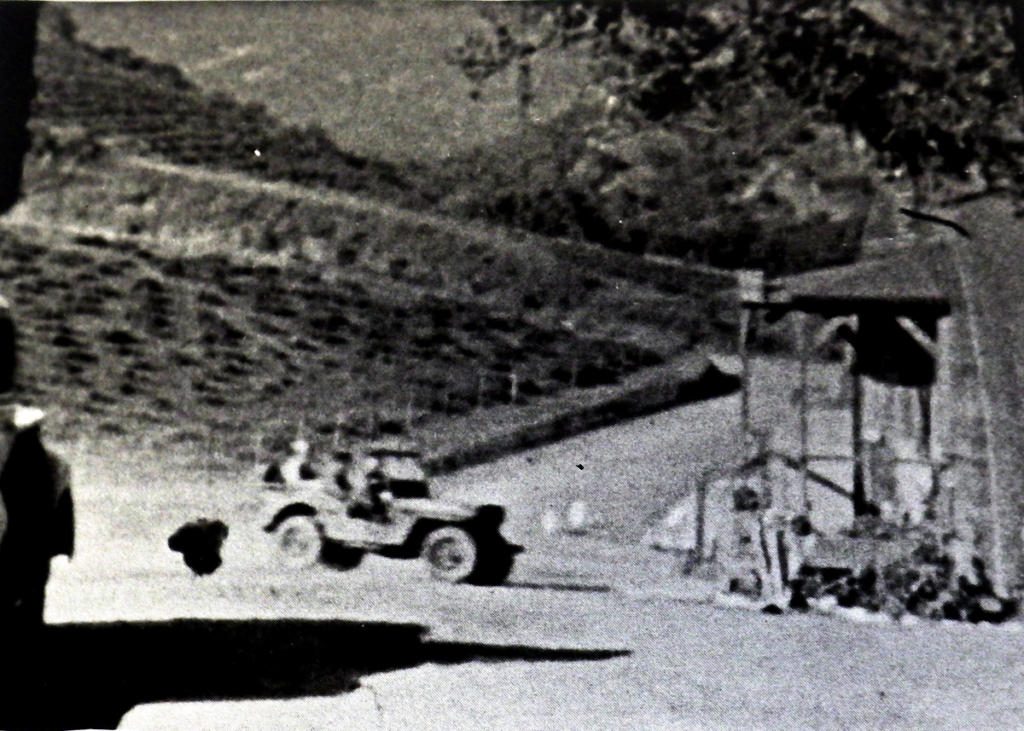
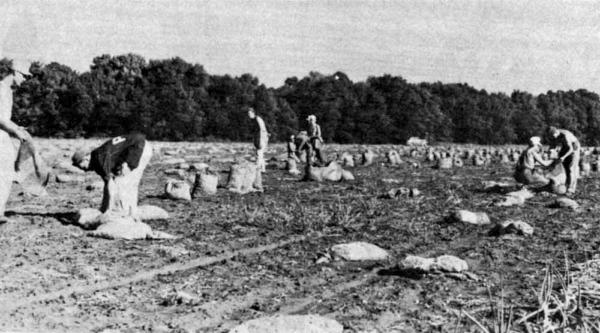
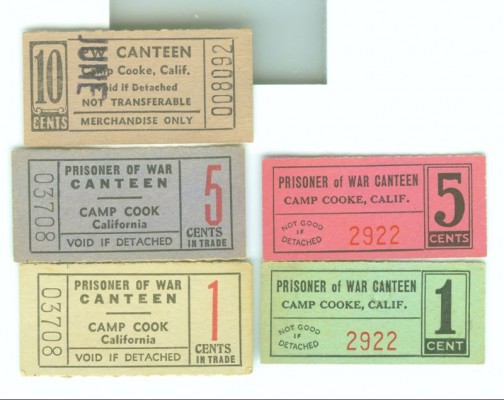

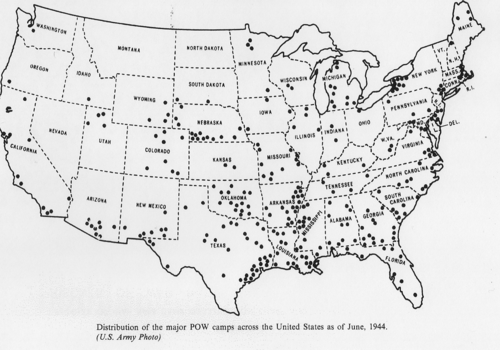
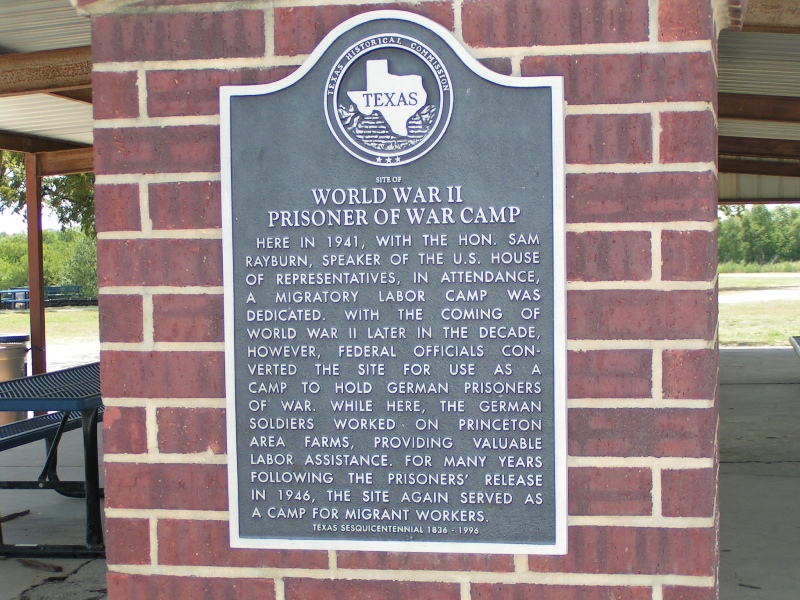
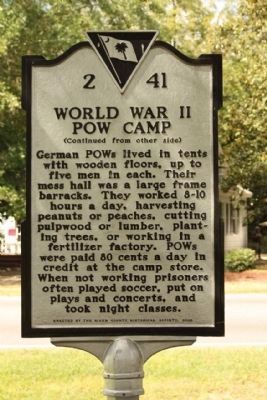

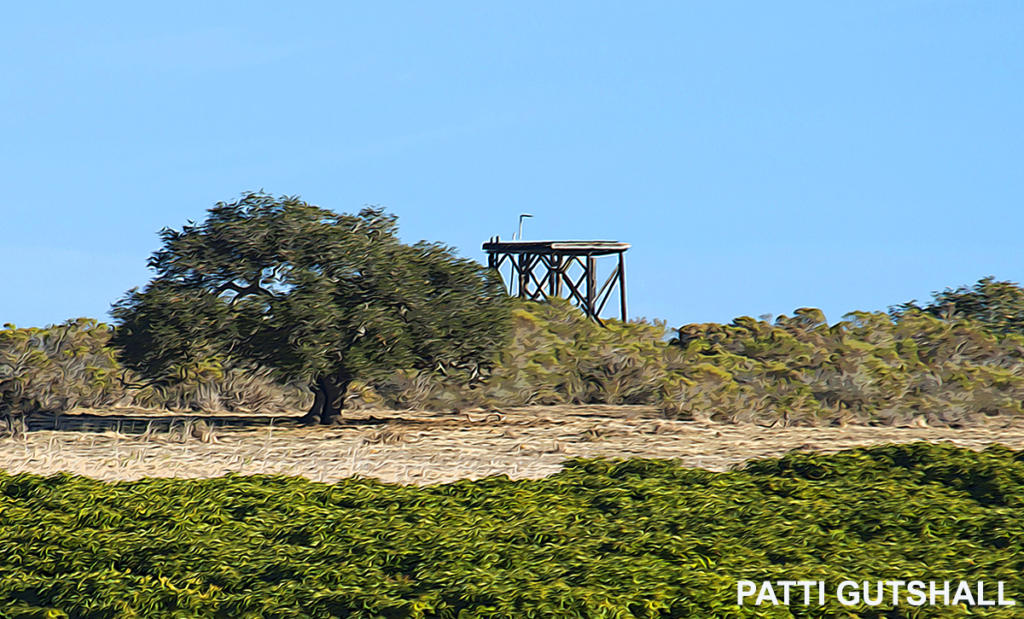
In 1966 I lived on the Edwards ranch in a old cabin just across the
gulch from the prisoner of war camp. I had just graduated from UCSB.
never knew this, tom. your site is nice and easy to navigate. bookmarking. thank you for all you do to keep our beautiful valley’s history alive. in a good way ~ luz (hope you didn’t miss the indy’s story about nicolas den).
Thanks Luz!
I lived with my family on the Orella Ranch between El Capitan and Refugio and as the prisoners boarded the trucks to return to the POW camp a few friends and I would place our black combs under our noses and yell “Heil Hitler! ” The prisoners did not acknowledge us but we made our point.
THAT is a great story John! Thanks for sharing.
my father was POW in this camp. thanks for the information and the pictures.
It has been announced that this property will be gifted to UC Santa Barbara. Perhaps there will be an opportunity to erect some commemoration.
My parents lived in one of the quonset huts in the early 1950’s while my dad went to UCSB. I would love to know more about the location.
what would you like to know?
What the what? I had no idea. I found it very nice that these guys found some respite in our beautiful town. Viva Goleta!
I was passing through Golita about 15 years ago and stopped by the Chamber of Commerce to get some historical info on the area . I was very interested to find out more information on the ruts in the rock on the ocean side of the mountains not too far from where Hwy 154 winds it’s way down into Santa Barbara . The ruts in the rock were caused by the stage coaches , and I asume , other types of wagons , that made their way up and down those mountain sides . A very nice an informative lady who worked at the C of M asked me if during any of my frequent trips up and down the 101 if I had ever noticed a lone wooden structure, just north of town surrounded by fields and trees . ” No … ” She could tell that she had my attention ! She then told me about the POW for captured German solders and that wooden structure is the base for the camp water tower, and I was blown away ! I have since told many people about it and everyone has had the same reaction that I had ! There is a bewilderment that most have about why this very interesting and historical place has basicly been ignored. .. it is part of our California history . I have been to Manzanar a number of times and everytime I have felt this energy , an energy of sadness that seems to permeate that place . That too is a part of our history . I have often wondered what the majority of the POW’s thought about their surroundings … that beautiful Pacific ocean , those fantastic hills and mountains , and the unbeatable California climate . I do understand that they were war prisoners and that they were fighting for one of the most evil ideologies to ever come about on this planet . There were some among them that fully supported Hitler and his doctrine and there were others that did not . They had to join or be shot . This is history and we must learn from history . We are losing around 1500 or more WW2 each day . My father , a WW2 veteren of the 10th Mountain Division 87 Regiment is 96 yrs old and I am costantly asking questions about his service . So much history with just one person and so much more from those who are willing to share what they experienced . Make this camp accessible to the public and try and get any information from those who are still with us and willing to do so , so we can learn and appreciate the rich history of our incredible state . The clock is ticking ……..
Thanks for your note- As I mention in the story, a lot of the German POWs returned to California after the war to stay. The majority of them actually enjoyed their time at the Edwards Camp. You can read a lot about this in an excellent book by Jeffery Geiger called, “German Prisoners of War at Camp Cooke, California”.
As for public access, it sits on a private ranch that was recently acquired by UCSB, so maybe they’ll open it up….
Dear Tom: I lived in Goleta from my birth in 1925 until I entered the Army in 1943. Your stories about the water tower and the Edwards Estate property are familiar to me in that I am related to the Edwards. Perhaps we could talk come time. I also write this for your correspondent above in that my dear friend Peter Edwards also belonged to the 10th Mountain Division. Although Peter died 2 years ago, his wife, Shirley, should meet you. Many thanks.
Rick,
My father was also 10th Mtn. Div. and trained at Camp Hale in Colorado. In the war He ended up as a reconnaissance/map guy in the Pacific so did not need his mountain skills.
He married my mother who was an Edwards, the Las Varas Ranch family. I spent a lot of time on the place from childhood through my 20’s. The abandoned camp had its own particular vibe. For most of that time the quanset huts and the water tank (and traces of the barbed wire fencing) were there, untouched.There were German-language periodicals and good old America. Pinup posters in the huts. It was eerie and made one imagine the prisoners coming back from a day in the fields. As you can see from the photos they were just kids! Of course to an even younger American kid like me they were “good Nazis”, soldiers for a losing cause. My grandfather had nothing but praise for those young men. The abandoned camp felt haunted; not menacing, just incomplete, interrupted. Once the structures were taken down it felt more just like a ruin without ghosts.
Hello, Rick I am a granddaughter of the Edwards Family. My grandmother was Anna Edwards I have heard firsthand many stories of the Ranch, it would be nice to connect. [email protected]
Hi Rick. Can you tell me where ai can see these ruts in the rocks just off 154. I love stage stops and the history behind each. Thanks. Gary Pederson. [email protected]. 805-591-0000
They are on private property, unfortunately. Here is a story with some photos of them- https://goletahistory.com/how-turnpike-got-its-name/
Tom. Super article on stage route and stops. Recently I decided to buy a buckboard and put at entry to my vineyard as an accent filled with 4 wine barrels. Bought it in Missoula, Montana, sight unseen. Got there, both rear wheels gone. Loaded into large uhaul. Had to learn how to make wagon wheels. Only one person in entire state makes them. Note : to get the iron strip around the wooden wheel hub, you must “ throw” prewelded circular iron strip into bonfire, get it white hot ( it expands). With grips remove it and slip wooden hub down into it. It then cools and shrinks tightly onto wooden hub. Great looking when done ( and only one other guy in the state makes the fellows)).
My first memory was Pearl Harbor Day. I was just shy of my fourth birthday 1/11/1938. My oldest brother was eleven years older than me and he was drafted in April 1945. He had sixteen weeks of basic training and was set to invade Japan in the fall of 1945. When we received word that the atomic bombs had been dropped we were delighted.
We lived in East Highlands CA which was just north of Redlands. I recall my dad complaining about the Italian POW’s that were housed in the San Bernardino area.
He complained that they could get cigarettes and had the run of the town. As I recall they were housed at the Orange Show grounds
As a native californian i found this bit of history very very interesting an a piece of history that i didn’t get in school. Thank you.
thanks, glad you enjoyed it! This is why I started Goleta History.com, so many locals don’t know the great stories from right here in our backyard.
Fascinating history lesson. I would like to share with friends/family via email if permitted/possible. Thank you.
Of course! Share away! Thanks.
Of course, share away!
thanks
Hey Tom, just wanted to share a quick story to let you know your story has just been shared with a group of 7th graders in NYC! I had come across this article last year and shared it with my boys and whenever we drove by the approximate location on the 101 we’d talk about it. Now that we’re living in NYC my son just mentioned it to his online classroom (they’re studying WWII). He seemed very proud to share a WWII story about his hometown.
That is awesome! Thanks for sharing.
I tried to find this place with a buddy from Santa Barbara. He’s a former Police Officer and I was stationed as a Priest at St. Raphael in Goleta and taught at Bishop Garcia Diego High in the 1980s. We did see a hint of the old water tower, but couldn’t get into the place. We didn’t want to disturb anyone or break our necks climbing over things where we weren’t invited in the first place. I love history and have seen another POW camp at the east end of Phoenix Arizona near Papago Park. I come from an Irish/English/German family and speak German. I heard that an Italian woman in Santa Barbara would drive up and take some of the Italian Prisoners to her Italian restaurant called “Mama’s”. But I’m not sure if that is true.
I love this kind of history!
This story and its pictures fascinate me! I was born in Santa Barbara in May, 1944, and my mother and I lived in Goleta for a few months afterward with my grandmother, Rose Sexton Dearborn. My dad was in the Army Air Forces at the time. I recall that my mother mentioned seeing German POWs picking walnuts in my grandmother’s orchard, which was located between the Sexton House property and San Jose Creek.
Because German was (and is) an important scientific language I took three years of it from Frau Hance when I was at San Marcos HS in the early 1960s.
Joel Studebaker
Princeton, NJ
SMHS 1962
This story and its pictures fascinate me! I was born in Santa Barbara in May, 1944, and my mother and I lived in Goleta for a few months afterward with my grandmother, Rose Sexton Dearborn. My dad was in the Army Air Forces at the time. I recall that my mother mentioned seeing German POWs picking walnuts in my grandmother’s orchard, which was located between the Sexton House property and San Jose Creek.
Because German was (and is) an important scientific language, I took three years of it from Frau Hance when I was at San Marcos HS in the early 1960s.
Joel Studebaker
Princeton, NJ
SMHS 1962